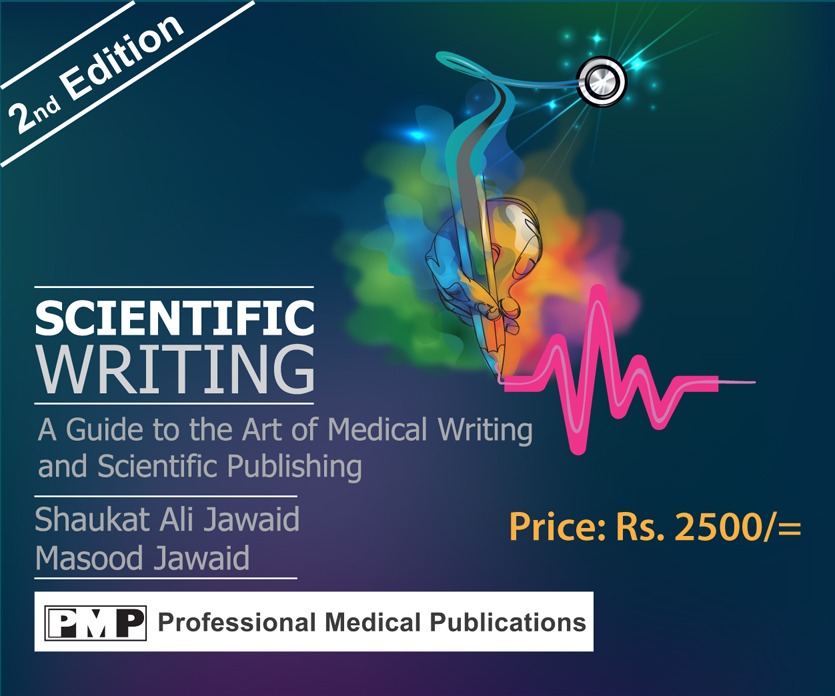By Sultan Ghani
The pharmaceutical industry is one of the most tightly regulated sectors globally. Regulatory requirements continue to evolve to ensure that medicinal products meet high standards of quality, safety, and efficacy. Simultaneously, it is essential to maintain access to essential medicines and facilitate timely access to innovative treatments that improve health outcomes. With the rapid scientific and technological advancements in the development of advanced therapy medicinal products (ATMPs), regulatory frameworks must keep pace. However, developing countries still face significant challenges, including issues with quality compliance, data integrity, substandard medicines, and counterfeit drugs. Moreover, many manufacturing facilities fail to meet current Good Manufacturing Practices (cGMP).
In Pakistan, progress in the pharmaceutical sector has been limited. While a few companies are moving toward international standards, the growing number of manufacturers has raised concerns about overall product quality. This situation stems from weak regulatory enforcement, ineffective governance, fragmented processes, lack of strong leadership within the regulatory authority, and corruption.
These issues—coupled with challenges in drug pricing—have hindered the development and global competitiveness of Pakistan’s pharmaceutical industry. Addressing these challenges requires urgent action in three critical areas: regulatory reforms, pricing structure, and export policy.
- Reforming DRAP’s Regulatory Framework
The first step involves restructuring and modernizing the Drug Regulatory Authority of Pakistan (DRAP). DRAP’s policies, procedures, and regulatory programs must be overhauled to align with international standards across pre-market evaluations, post-marketing surveillance, compliance monitoring, and enforcement. - Establishing a Transparent and Fair Drug Pricing System
The second area calls for a comprehensive and depoliticized pricing structure. It is crucial to engage all stakeholders in designing a pricing policy that considers consumer affordability, discourages unethical promotional practices, and ensures fair pricing. Drug pricing remains a significant concern, but it can be resolved through collaboration between the government and the industry with a balanced and practical approach. - Enhancing Pharmaceutical Exports
Lastly, export growth must be prioritized. Barriers to pharmaceutical exports include non-compliance with international standards, dependency on imported raw materials, inadequate human resources, and cumbersome regulatory procedures. Overcoming these obstacles will require a dual focus on scientific/technical upgrades and administrative improvements—such as easing banking and payment systems. Enhancing global competitiveness is key to boosting pharmaceutical exports. Legislative and Regulatory Background Pakistan’s pharmaceutical sector is governed by the Drug Act of 1976 and the DRAP Act of 2012. The latter was introduced to establish a federal regulatory body—DRAP—tasked with overseeing therapeutic products, including both pre- and post-market regulation. However, significant disparities in the implementation of these laws have persisted, leading to regulatory inefficiencies and loss of investor confidence. This situation prompted the exit of several multinational companies, resulting in reduced access to innovative medicines. While the local generic drug industry has played a valuable role, it continues to face challenges in meeting international standards for quality, safety, and efficacy.
Acknowledging these challenges, it is imperative for the current government to make regulatory reform a top priority. Outdated regulations have made it increasingly difficult for the pharmaceutical industry to invest and elevate its regulatory standards and practices. A strong initiative is required from the new Health Minister to establish a dedicated regulatory reform committee tasked with overhauling the existing framework and aligning it with international best practices and creating smart regulations.
Current Progress:
● Adoption of CTD (Common Technical Document) in dossier submission to improve pre-market evaluation.
● Implementation of IRIS (Integrated Regulatory Information System) for efficient
electronic data and documentation management.
● Advancements toward WHO Global Benchmarking Level 3, focusing on quality management and institutional capacity building.
Key Reform Areas
Contract Manufacturing: The existing restrictive policy has been revised in alignment with international practices, enabling manufacturers to meet global standards, reduce production costs, and expand into foreign markets.
Establishment Licensing: A new policy proposes issuing licenses for all pharmaceutical activities—including manufacturing, processing, testing, packaging, importing, and distribution—in compliance with ICH and cGMP guidelines. This will improve transparency, consistency, and accountability.
Risk-Based Inspection System: A restructured inspection program assesses facilities based on risk level and compliance history. Fully compliant sites will be inspected every 2–3 years, while non-compliant ones will face more frequent scrutiny. Importers must also obtain licenses and undergo inspections. These changes move DRAP closer to joining the Pharmaceutical Inspection Co-operation Scheme (PIC/S).
API Manufacturing Strategy: A national plan should be developed to promote local Active Pharmaceutical Ingredient (API) production, reducing reliance on imports from India and China. Countries like Malaysia, Vietnam, and the Philippines are already investing in API industries, and Pakistan must follow suit.
Clinical Trials Regulation: Pakistan has significant potential to become a hub for clinical research. However, the current Bio-Study Rules (2017) are inadequate. A dedicated regulatory framework with clear incentives and faster approval timelines is needed to attract international Clinical Research Organizations (CROs) and foreign investment.
Cost Recovery and User Fee Program: While DRAP has a user fee system in place, it lacks transparency and stakeholder consultation. A restructured cost recovery model should be performance-based, justified, and aligned with international benchmarks.
Conclusion: Comprehensive regulatory reforms are essential for the sustainable growth of Pakistan’s pharmaceutical sector. The proposed measures aim to foster a robust, transparent, and internationally aligned regulatory environment. These efforts will support the industry in improving public health outcomes, enhancing export capacity, and restoring investor confidence.
About the Author:
Mr. Sultan Ghani is an expatriate Pakistani and a seasoned pharmaceutical regulatory consultant. He served as the Director of the Bureau of Pharmaceutical Sciences at Health Canada and has over six decades of experience in both regulatory affairs and the pharmaceutical industry. He currently advises pharmaceutical industry to achieve international standards and compliance with WLA countries.




Well done